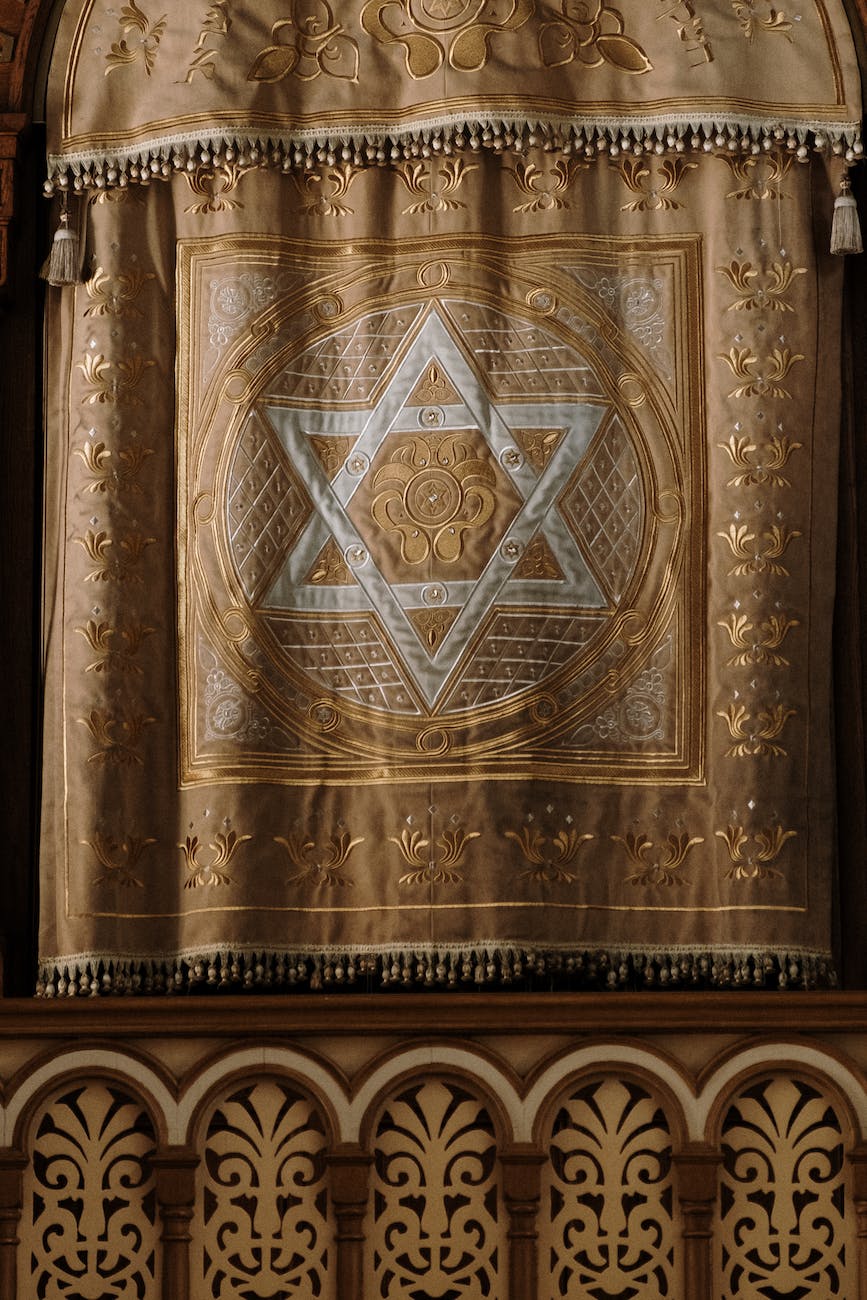3.5 stars. If your interest is in the Ark itself, just read the last 1/3 of the book. If you want to know Graham’s personal journey connected with the Ark, along with a very circuitous research route, involving anything that has ever been remotely associated with the Ark, then read the whole thing. I was interested in the Ark, so I definitely skimmed a few sections. Still got the spirit of Graham’s quest and enjoyed it immensely.
The book opened with Hancock in Ethiopia on a book project, in sympathy with the current governmental system. Along the way, he hears rumors of the Ark of the Covenant being housed in Ethiopia, gets mildly interested, starts researching, and landslides into an intensive two-year project. His researches include French saints, Templars, biblical scholars, Jewish legends, myths, and everything in between. To his credit, he provides the reader with pretty much everything he learned. The downside is that much of this information is tertiary to the primary question of where the Ark is and how it may have come to be there. That’s about the first 1/3 of the book.
Then the middle third, Hancock explores WHAT the Ark is, according to the Scriptural accounts and legends that surround it. This is where he almost lost me. Because he denies the existence of the supernatural, he essentially refuses to take the biblical accounts at face value. This is problematic. Instead, he imposes a “rational explanation” onto the events that happen in the Old Testament where the Ark is involved—in essence, that the Ark is a man-made instrument with potentially radioactive contents. Moses is nothing more than a magician, and the old magicians were old-school scientists. But it just doesn’t play. His interpretations ignore other key elements of the biblical text, because they don’t fit his attempts at naturalizing these events. As a person of faith, it really was off-putting. Especially when he is perfectly willing to take later Bible passages at face value when he is composing his most-likely scenario.
This is pretty compelling. Calling into question the legend that the son Solomon had with the Queen of Sheba came back to Jerusalem in his adulthood and took the Ark secretly back to Ethiopia with him, Hancock follows some clues in the Bible, based on the way the narrative talks about worship and the Ark, and proposes that it was removed between the reigns of Manasseh and Josiah. That line of thinking is pretty solid. The priests who saved the Ark, ultimately made their way to Egypt, where they eventually established a new temple and worship system dedicated to YHWH, which remained in place until political conflicts in Egypt led to the destruction of that temple. From there, the Jews made their way to Ethiopia, where the Ark remains to this day.
The ending of Graham’s quest seeks verification of this last claim. Though he does not get the visual confirmation that he seeks, he is left with the confidence that his quest has led him to the truth. A satisfying end to the tale that I won’t spoil here.
At one point, Hancock has this moment where everything he has studied comes crashing on him in crystal clarity, and he can just SEE all the pieces coming together. The worship, the miracles, the legends, everything. His conclusion—that a quest for enlightenment is good for its own sake. I wish, so much, that he had seen instead that his quest was in search of the God who connected Himself with this Ark. Certainly, all the pieces were there. This and the extraneous information in this book made it probably my least favorite of the Hancock I have read, though I ultimately did find some amazing information and insights. At the end.


Leave a comment